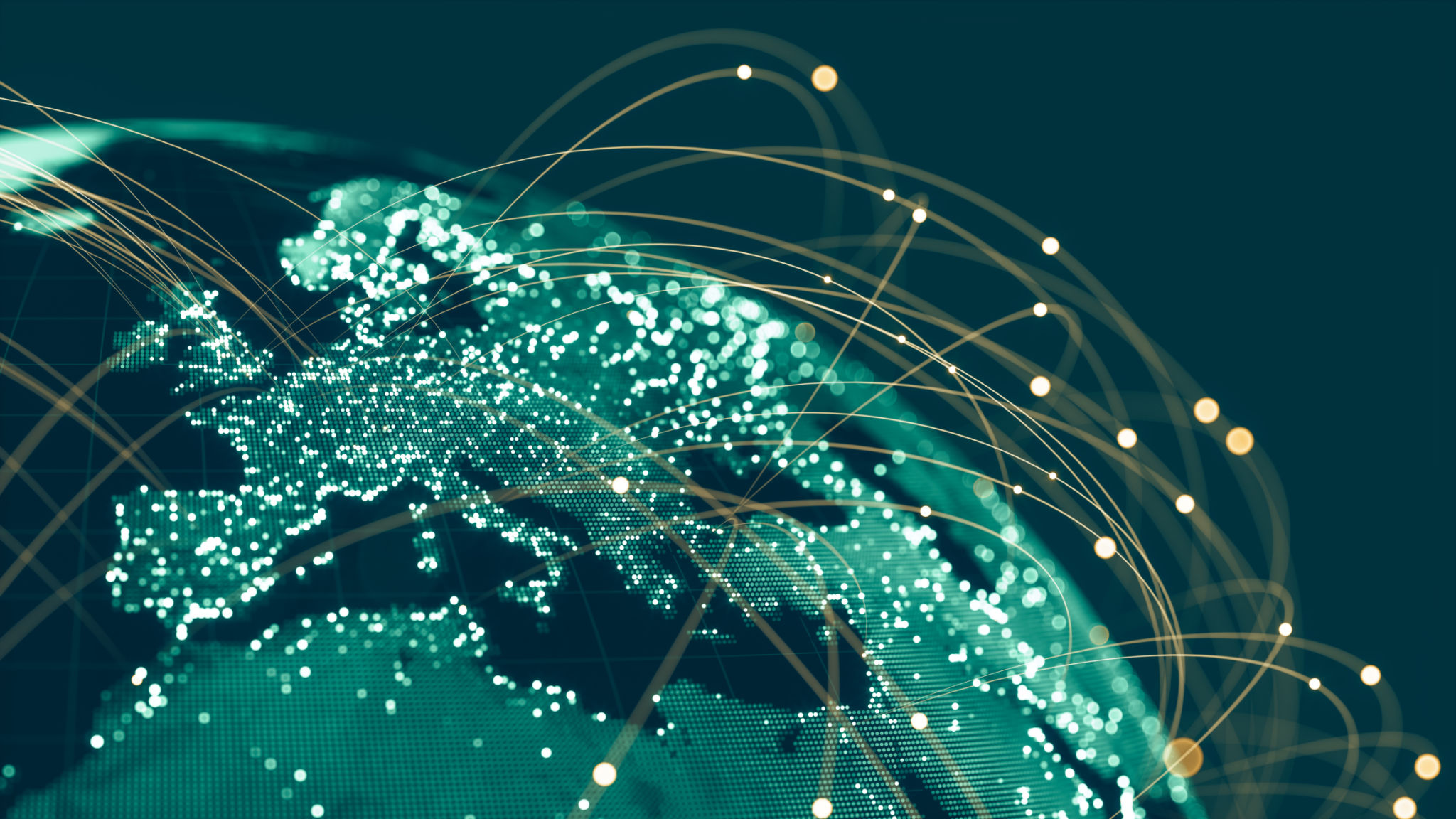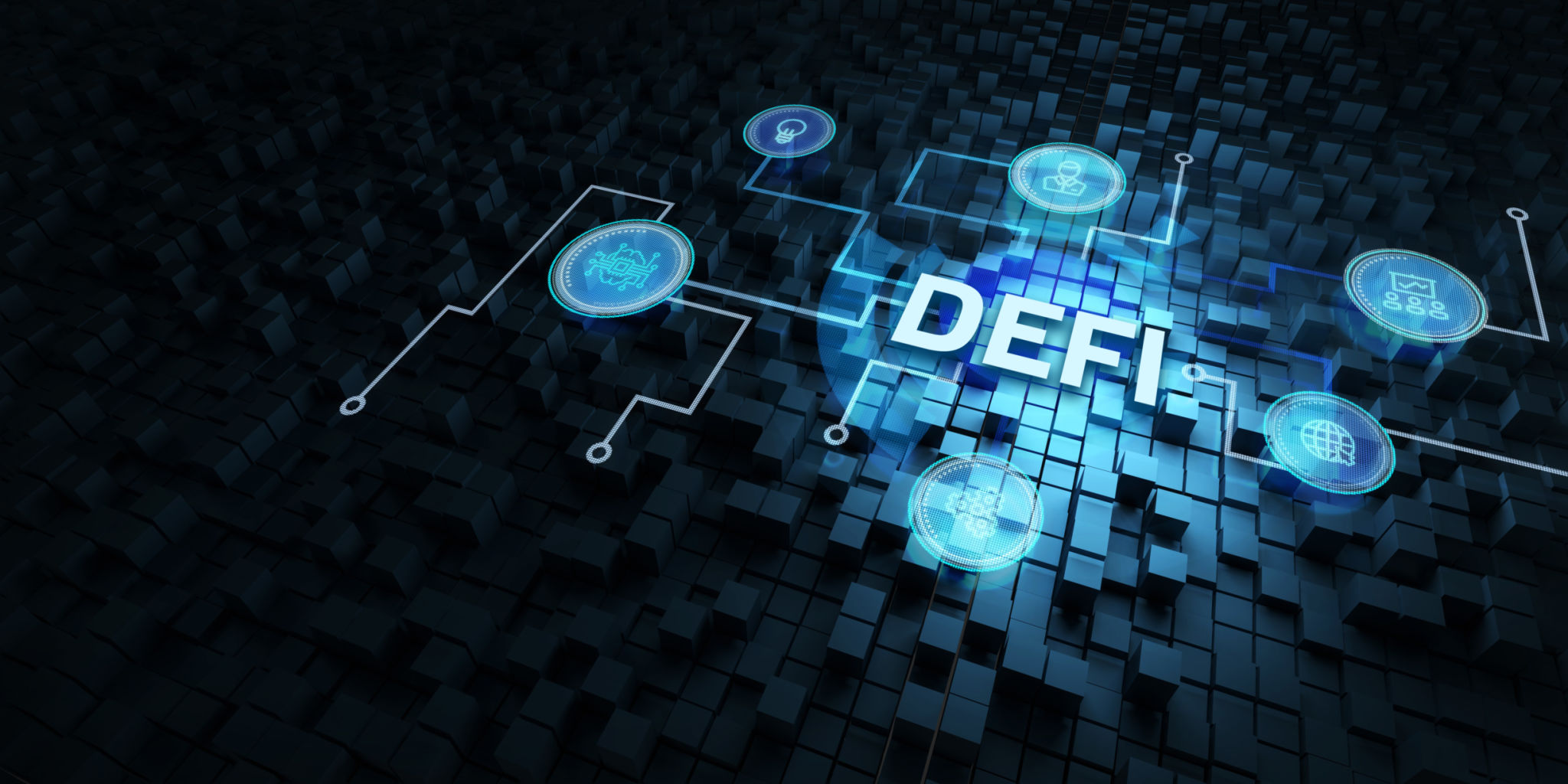Web3 Technology Explained: Insights from Experts at the Hub
Understanding Web3 Technology
The evolution of the internet has brought us to the brink of a new era: Web3. This next generation of internet technology is designed to empower users, providing greater control over personal data and digital assets. At its core, Web3 is a decentralized web, where blockchain technology plays a pivotal role. At the Hub, experts are delving deep into how this revolutionary change will impact the digital landscape.

The Decentralized Internet
Unlike its predecessor, Web2, which is dominated by centralized platforms, Web3 is built on decentralization. This shift means that users can interact directly with one another without intermediaries. Blockchain technology facilitates this by creating a secure and transparent way to store data and execute transactions. This decentralized nature is expected to bring about more fairness and transparency in online interactions.
Key Features of Web3
Experts at the Hub outline several key features of Web3 that distinguish it from earlier internet versions:
- Decentralization: Control is distributed across networks rather than being held by a central authority.
- Blockchain Integration: Blockchain technology underpins many Web3 applications, providing security and transparency.
- User Empowerment: Users have more control over their digital identities and assets.
Potential Benefits of Web3
The shift to Web3 offers several potential benefits. By removing intermediaries, users can save on transaction fees and reduce the risk of data breaches. Additionally, the transparent nature of blockchain can lead to more trust in digital interactions. With more control over personal data, users can decide how their information is used and monetized.

Challenges Ahead
Despite its promising features, Web3 faces several challenges. Scalability remains a major hurdle, as current blockchain networks can struggle with high volumes of transactions. Additionally, the transition from Web2 to Web3 will require significant changes in infrastructure and user behavior. Security concerns also persist, as decentralized systems can still be vulnerable to hacks and exploits.
Real-World Applications
Web3 is not just theoretical; it has practical applications that are already in use today. Decentralized finance (DeFi) platforms allow users to lend, borrow, and trade assets without traditional banks. Non-fungible tokens (NFTs) provide a new way for artists to monetize their work. The experts at the Hub are exploring these applications and their potential impact on various industries.

The Role of Smart Contracts
Smart contracts are another crucial component of Web3 technology. These self-executing contracts with the terms directly written into code allow for automated and trustless transactions. By eliminating the need for intermediaries, smart contracts can reduce costs and increase efficiency across numerous sectors.
The Future of Web3
The future of Web3 holds immense potential as more industries begin to adopt its technologies. However, widespread adoption will depend on overcoming existing challenges and educating users about the benefits of decentralization. At the Hub, experts are optimistic that with continued innovation and collaboration, Web3 will redefine how we interact with the internet.